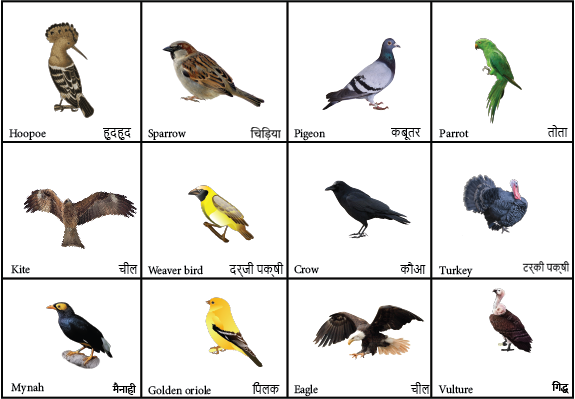NCERT Solutions For Class 3 Evs Chapter 14 The Story Of Food - 2025-26
FAQs on NCERT Solutions For Class 3 Evs Chapter 14 The Story Of Food - 2025-26
1. How do the NCERT Solutions for Class 3 EVS Chapter 14 help in understanding the textbook questions?
The NCERT Solutions for Class 3 EVS Chapter 14 provide clear, step-by-step answers for every question in the textbook. These solutions are prepared by subject experts following the CBSE 2025-26 syllabus, ensuring you learn the correct method to answer questions about food sources, family roles in the kitchen, and eating habits.
2. What are the main topics covered in the solutions for 'The Story of Food'?
The NCERT Solutions for this chapter guide students through several key EVS concepts. The main topics covered are:
- Identifying different food items and their sources (plants or animals).
- Understanding the work done by different family members, such as cooking, cleaning, and buying food.
- The social and emotional importance of eating together as a family.
- Recognising common kitchen utensils and their specific uses.
3. How can I use these NCERT solutions to solve the picture-based questions in Chapter 14?
The NCERT Solutions offer detailed guidance for picture-based questions. For example, when observing the images of Venu's and Rani's families, the solutions help you correctly identify and list the different tasks each family member is performing. This approach helps in developing the observational and analytical skills emphasised in the NCERT curriculum.
4. Why is it important to know if our food comes from a plant or an animal?
Understanding the source of our food is a fundamental concept in EVS. It helps us appreciate nature, learn about different life forms, and make healthy choices. Chapter 14, 'The Story of Food', encourages this by having students categorise items like rice, chapati, and eggs, building a strong foundation for understanding food chains and ecosystems in later classes.
5. How does Chapter 14 teach the value of sharing work at home?
The chapter uses the examples of two different families to show how household chores like cooking, serving, and cleaning are managed. The NCERT solutions guide students to analyse these scenarios, helping them understand that sharing responsibilities is important for a happy family and that all types of work are valuable, regardless of who does them.
6. What is the correct way to answer the question about why a family should eat together?
According to the NCERT Solutions, eating together as a family is more than just having a meal; it strengthens family bonds. A good answer should mention that this is a special time for family members to talk, share their day's experiences, and connect. This daily habit helps build strong relationships and communication skills, which is a key learning objective of the chapter.
7. What are some common mistakes to avoid when answering questions from Chapter 14?
A common mistake is simply naming food items without correctly identifying their source as either a plant or an animal. Another is not properly describing the different work being done in the family pictures. Using the Vedantu NCERT Solutions helps you avoid these errors by providing complete and precise answers that cover all parts of a question, as per the CBSE examination pattern.



























